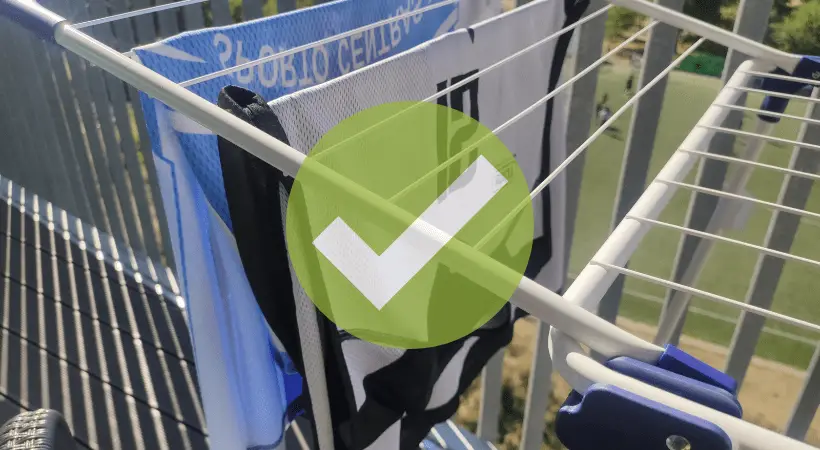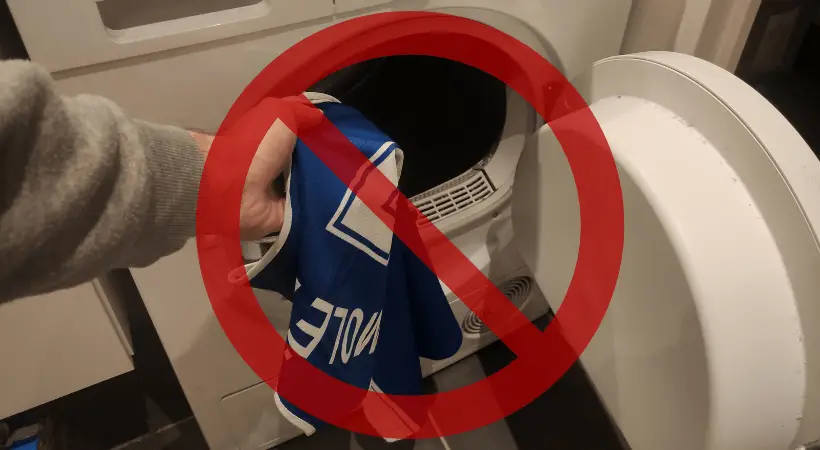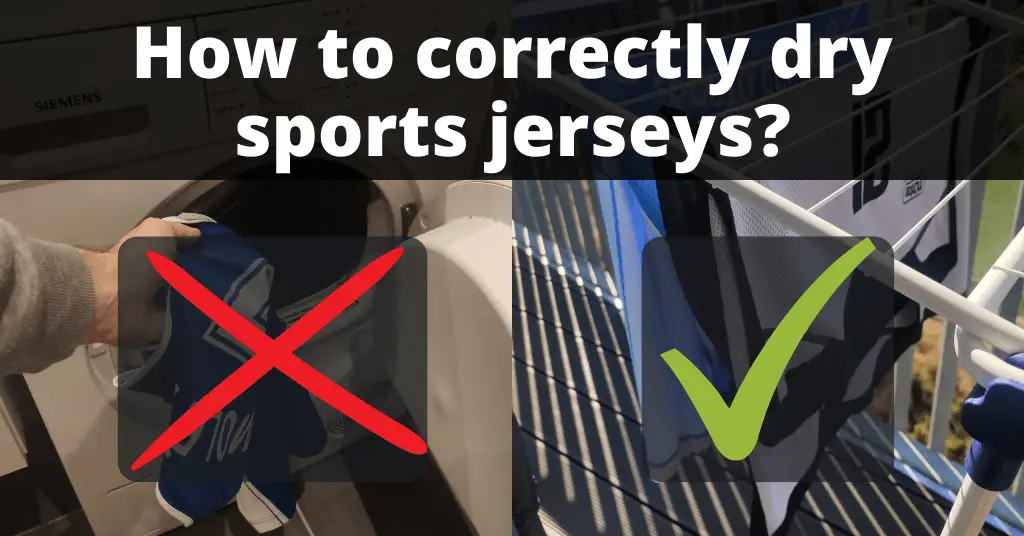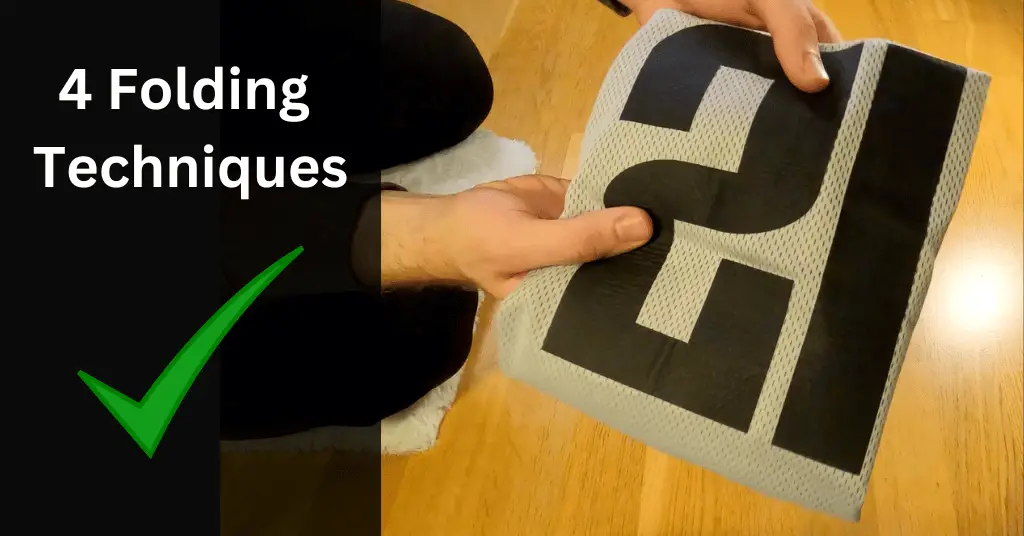A sports jersey is oftentimes the most precious possession for a true soccer, football, or ice hockey fan, and washing jerseys properly is an absolute must after a long day on the field. But correctly drying your jerseys is just as important as washing them. One wrong move when drying can leave your jerseys stinking badly or even worse – irreversibly damaged.
Improper drying techniques can make your shirts shrink and fade. The crest and heat-pressed decals may also melt under high-heat contact leaving you with a damaged and terribly-looking piece of sports apparel.
After every wash, ensure to air dry your sports jerseys. This is ideally done outside by laying them flat, hanging them on a drying rack, or on a clothesline. When drying outside, remember to keep them in a shady place away from direct sunlight. If avoiding the direct sun is not possible, turn your jerseys inside out while drying.
If drying outside is not possible, occasional drying indoors will not be harmful, but remember that there can be a risk of causing mould if the area is not well-ventilated.
Tips when drying your sports jerseys
Here are some essential drying tips to save your jerseys from damage, and ensure the proper care your sports garments deserve:
- Once your jersey is washed, shake any creases out and dry them inside out.
- Always prioritise drying your sports shirts outside in a shaded area.
- At times when outside drying is not possible, you can dry jerseys inside on a clothes rack. However, inside drying can encourage dangerous mould to sprout on your walls, therefore be sure to open windows and doors for 15 minutes a day to prevent that.
- When drying your playwear under the sun, we recommend placing a protective layer between jerseys and the sun. That could be an umbrella or any thin piece of cloth over the jersey fabric.
- Hang your jerseys on a clothesline or on a cloth hanger to maintain their shape when air drying.
- To increase the longevity and crispness of your sports garments, make sure you fold the jerseys properly after drying. Correct folding helps to avoid wrinkles on your jerseys and preserves the decals if any.

Things to avoid when drying sports jerseys
Certain drying methods are great and perfectly safe for regular clothes and one may not think twice when applying those to sports jerseys. Here we have highlighted what not to do during the drying process:
- Drying sports jerseys in a high-heat tumble dryer is not recommended. Frequent usage of dryers can shrink your jerseys, ruin the screen-printed / iron-on lettering, numbers, and logos, as well as damage the fabric strands due to friction.
- Avoid keeping your shirts under direct sunlight as the heat rays can fade the colors.
- Always check the jersey label to know whether your jerseys can be dry-cleaned. You should also consult the dry clean professionals to see if they provide sportswear cleaning services. Yet, regular dry cleaning is not recommended due to excessive chemical use.
- Never dry your polyester shirts on a heater or on a radiator. High-heat exposure can discolor your jerseys and if you are not careful enough, there is a high chance that you might burn the fabric strands. There are a number of risks not only for the jersey but also for you and your room. As we mentioned evaporating moisture can cause mould problems, which threatens people with allergies related to mould.
- Avoid frequent ironing of your jerseys, as this does too expose your jersey to high-heat that can harm the fabric. If wrinkles are bad and ironing is a must, place a towel or any cloth piece over your jersey and iron on top of it.

How Long Does It Take a Jersey to Air Dry?
Most sports apparel is made of polyester and mixed synthetic or cotton fibers. Polyester is a tremendous moisture-wicking material that is not only breathable but is also termed as the overall fastest-drying fiber.
100% polyester jerseys can naturally dry up in less than two hours while staying anti-bacterial for a long time. Mixed fiber or cotton shirts can take a little longer up to two to three hours to dry. This is because cotton absorbs moisture quicker than some of the other fabrics and has a tendency to hold on to a molecule for much longer.
Drying time will also depend on your surrounding temperatures. With sunny or windy conditions, you can expect your shirts to dry sooner, while in colder temperatures, drying can take as long as 24 hours.


